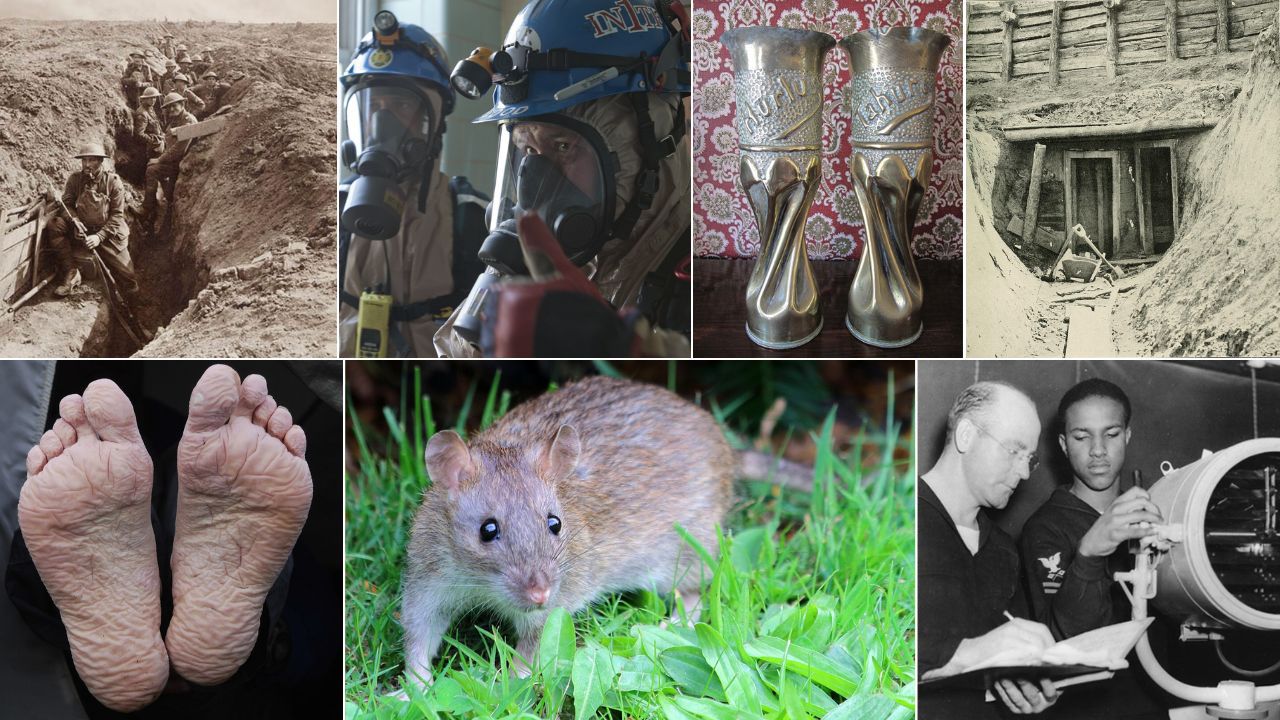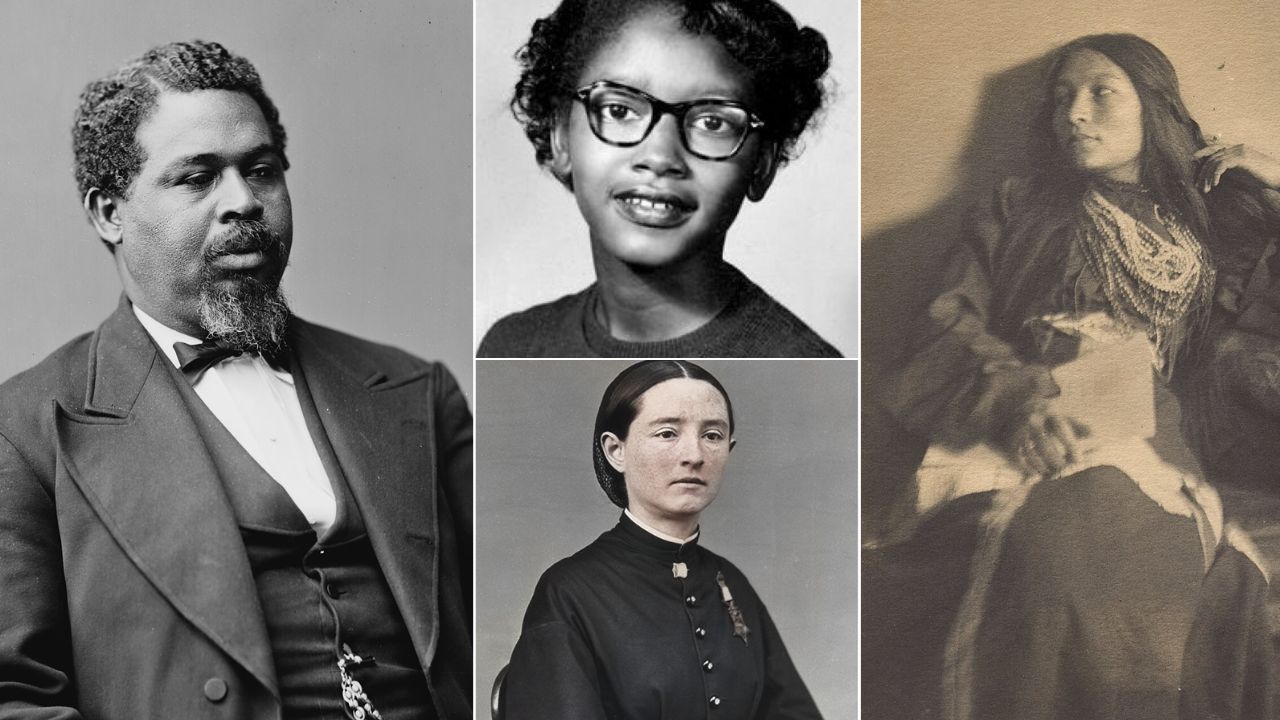World War I’s trench warfare reshaped modern combat but schools often skim gritty details. Teens learn about mud and barbed wire but miss deeper insights into soldiers’ daily routines, hidden dangers, and clever adaptations. From underground tunnels that turned the earth into a battlefield to homemade periscopes and postal pigeons, trench life combined horror and creativity. Learning ten surprising facts about trench warfare adds depth to our understanding of history and the innovations driven by necessity.
1. Trench Foot and Duckboards

Trench foot was a brutal injury caused by prolonged exposure to cold, wet conditions and poor drainage. Soldiers stood in mud and water for days, leading to swelling, infection, and gangrene. To prevent it, they laid wooden duckboards along trench floors. These raised walkways let water drain away, but constant shelling buried and broke boards, forcing men back into the muck. Failures in this system often led to amputations and weakened units.
2. Underground Tunnel Networks
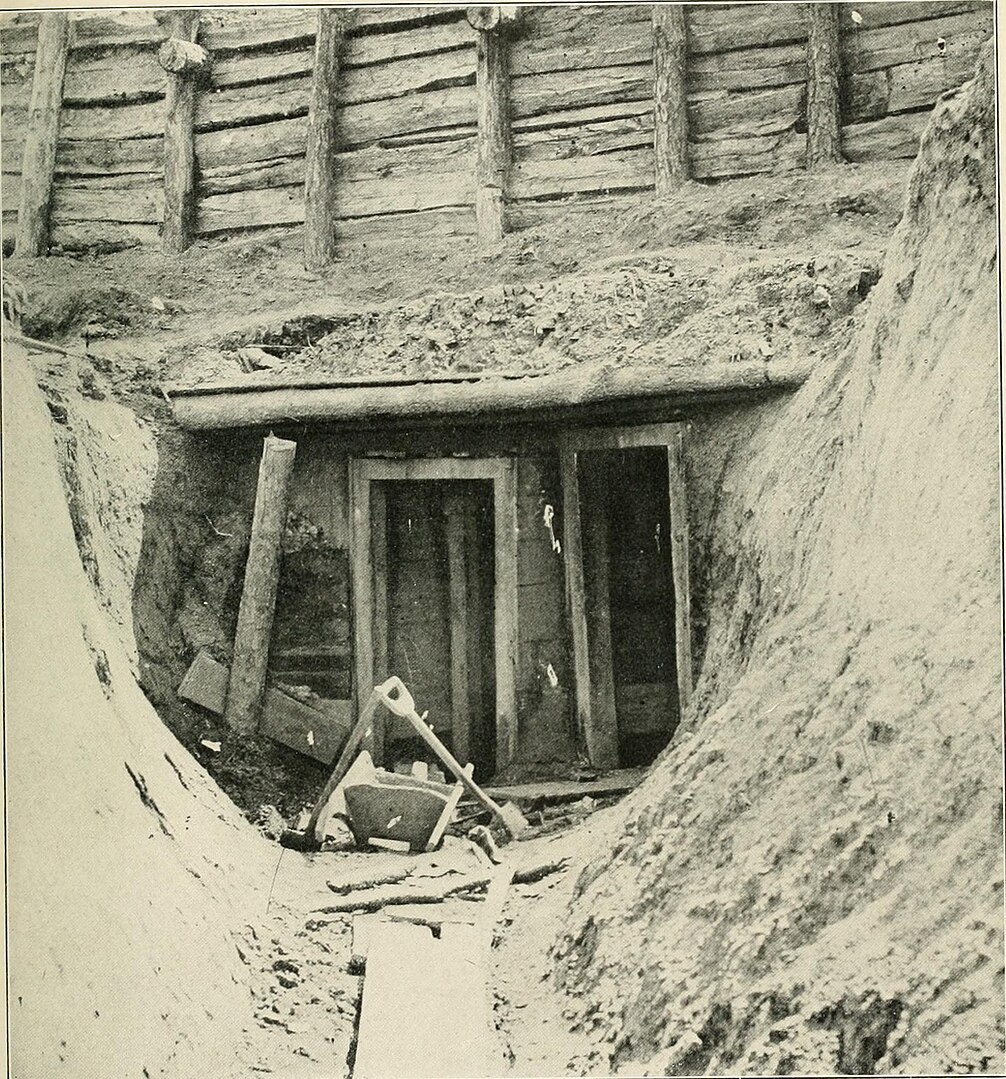
Soldiers dug tunnel networks beneath no man’s land to launch surprise mines or shield troops from bombardment. Expert miners carved zigzag passages to place explosives under enemy lines. Tunnels also connected command posts and allowed safe movement in heavy shelling. Collapse, gas seepage, and enemy countermining turned this work into a deadly gamble. These clandestine operations influenced modern siege tactics yet rarely feature in basic history lessons.
3. Rat Infestations Run Wild

Rats thrived in trenches, feeding on waste and fallen soldiers, growing as large as cats. Their presence spread lice and disease, including trench fever and typhus. Soldiers tried traps, poison, and even noisy cats, but rat populations exploded. Rats gnawed uniforms, stole rations, and invaded dugouts at night. Living alongside these pests added constant stress and health risks. This filth and fearsome critters’ impact on morale and hygiene is often overlooked.
4. Trench Periscopes for Safe Observation

Peeking over trench walls meant risking sniper fire, so troops used trench periscopes. These simple devices used mirrors or prisms mounted on poles to view no man’s land. When supplies ran low, soldiers improvised periscopes from boxes and broken glass. Using them still required care to avoid detection. Periscopes evolved into more advanced optics and inspired later reconnaissance gear, but their humble origins in WWI trenches are rarely taught.
5. Mail Delivered by Pigeons and Mules
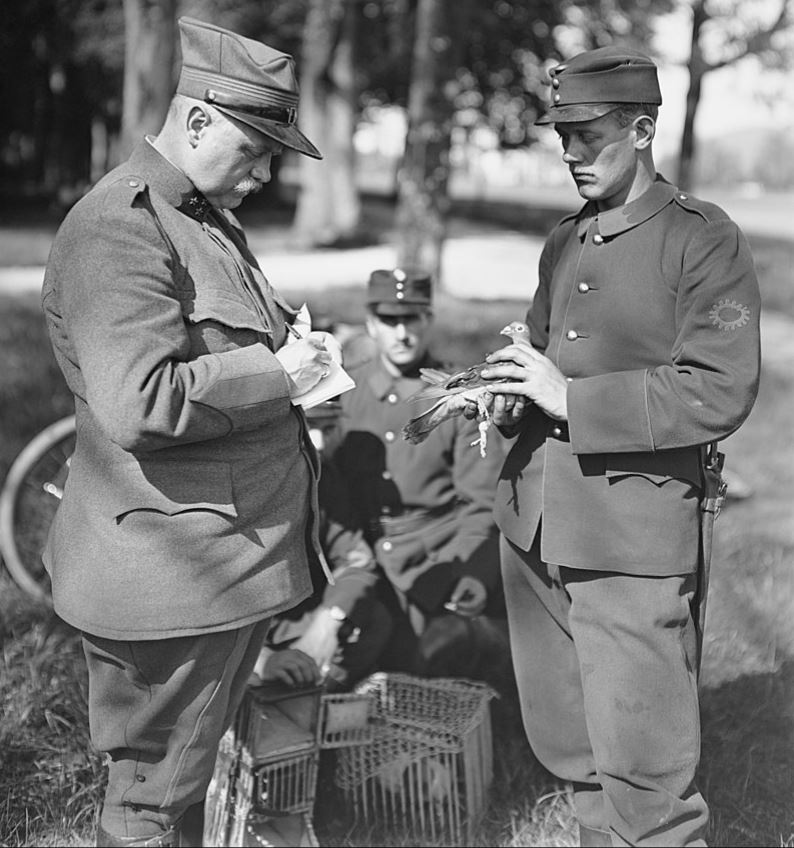
Letters remained a lifeline for soldiers cut off by shelling and broken phone lines. Carrier pigeons flew through enemy fire to deliver messages when radios failed. Mules and field ambulances carried mail along muddy communication trenches. Soldiers treasured these letters for news and comfort, boosting morale. Postal pigeons even earned medals for brave service. These crucial yet simple methods of keeping troops connected often go unmentioned in school.
6. Primitive Telephone Lines and Signal Lamps
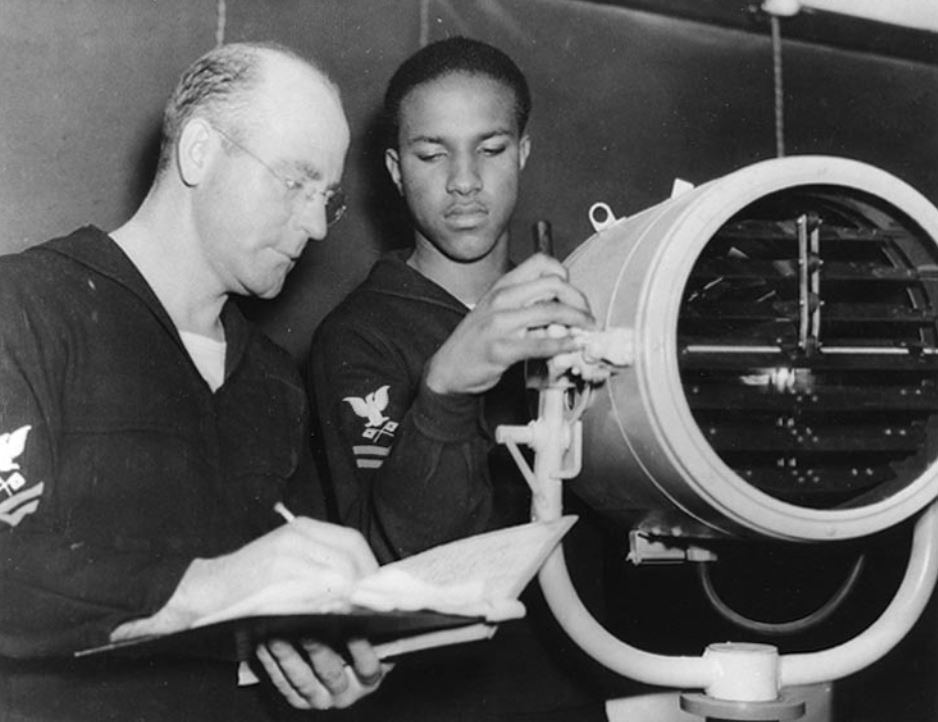
Field telephones ran on insulated wires strung along trench walls for direct orders. Shelling frequently snapped lines, forcing operators into danger to repair them. At night, signal lamps flashed Morse code across no man’s land. These methods provided vital communication when runners were cut down. Though unreliable and perilous to maintain, they laid groundwork for modern battlefield networks, a fact seldom covered in standard WWI units.
7. Trench Art as Creative Outlet
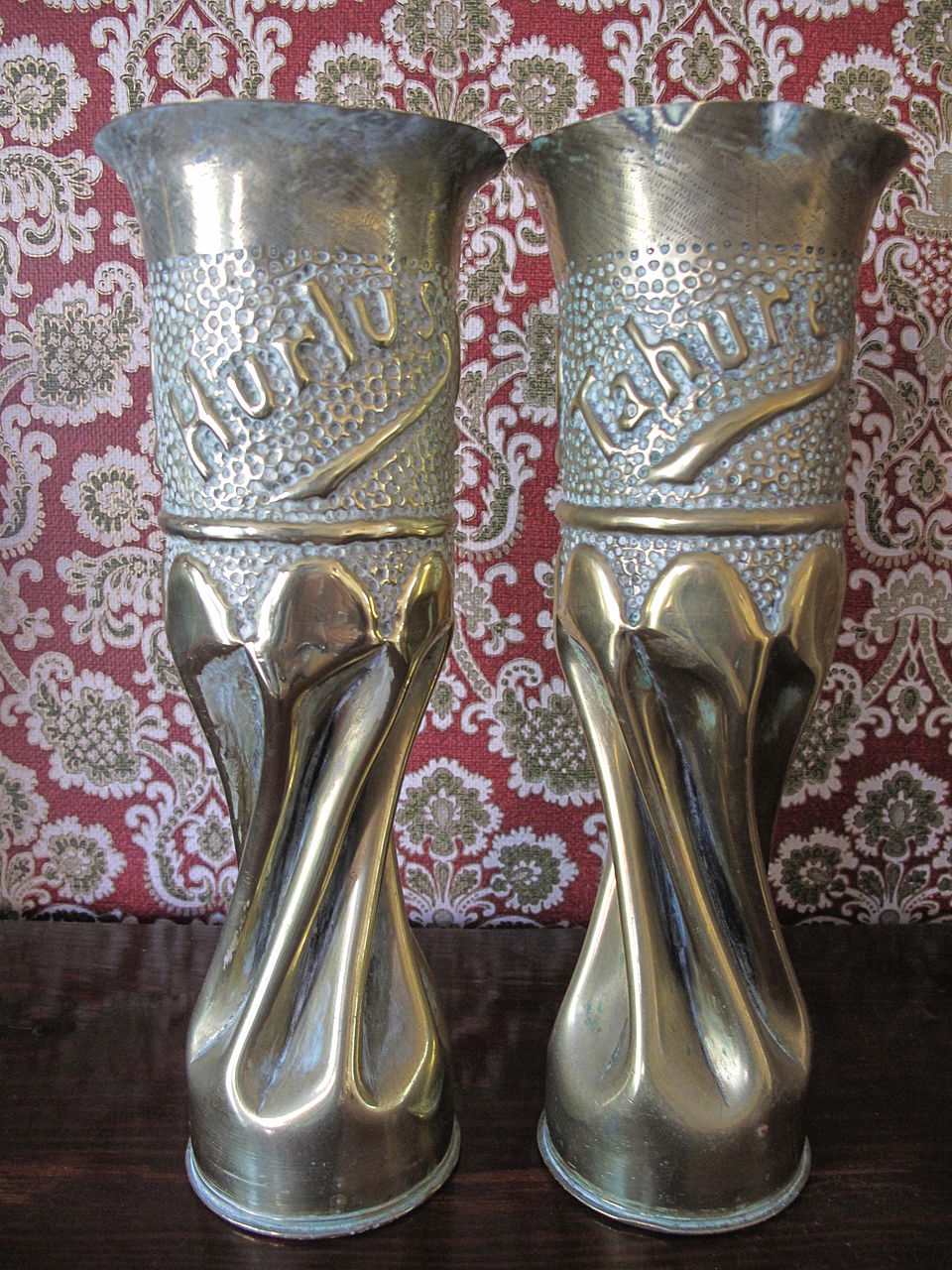
With downtime between battles, soldiers turned spent shell casings, bullets, and bone into trench art. They crafted vases, lighters, and figurines as keepsakes or gifts. This art reflected personal stories, national symbols, and dark humor. Exhibitions of trench art appeared after the war, offering insight into soldiers’ experiences. These handcrafted pieces capture resilience and camaraderie but often remain a footnote in broader military histories.
8. Corrugated Iron and Sandbag Reinforcements
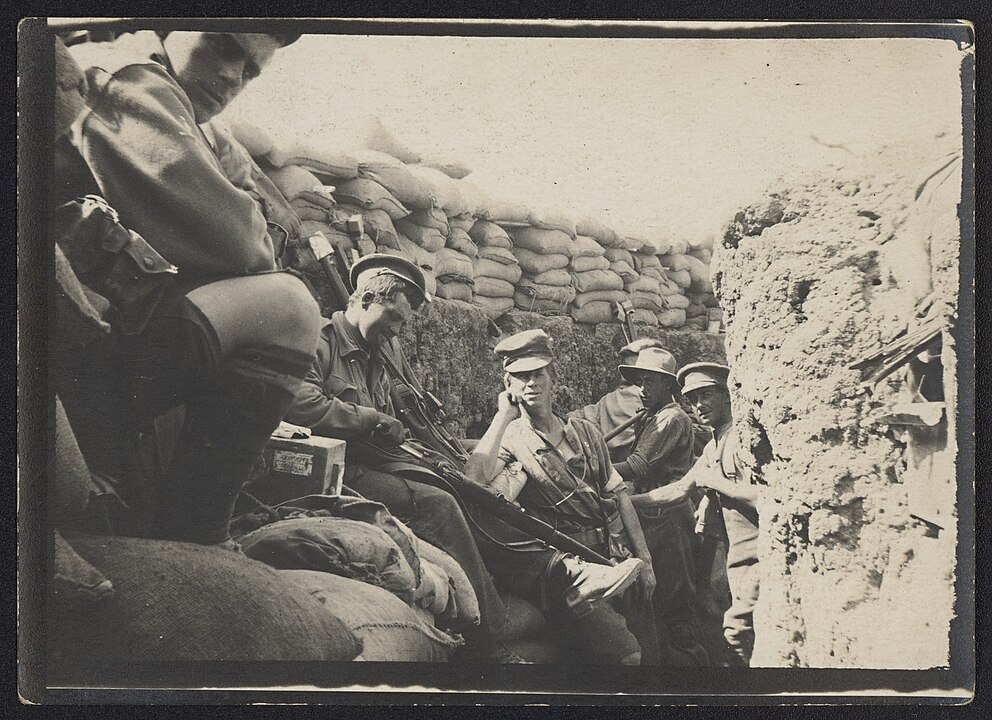
To shore up walls under constant bombardment, troops used corrugated iron, sandbags, and timber supports. These materials prevented cave-ins and improved living quarters. Commanders ordered regular inspections to replace damaged iron and refill sandbags. When supplies ran low, soldiers scavenged wreckage for usable sheets. Such field engineering kept trenches functional but is rarely highlighted compared to combat descriptions.
9. Makeshift Gas Masks and Chemical Warfare
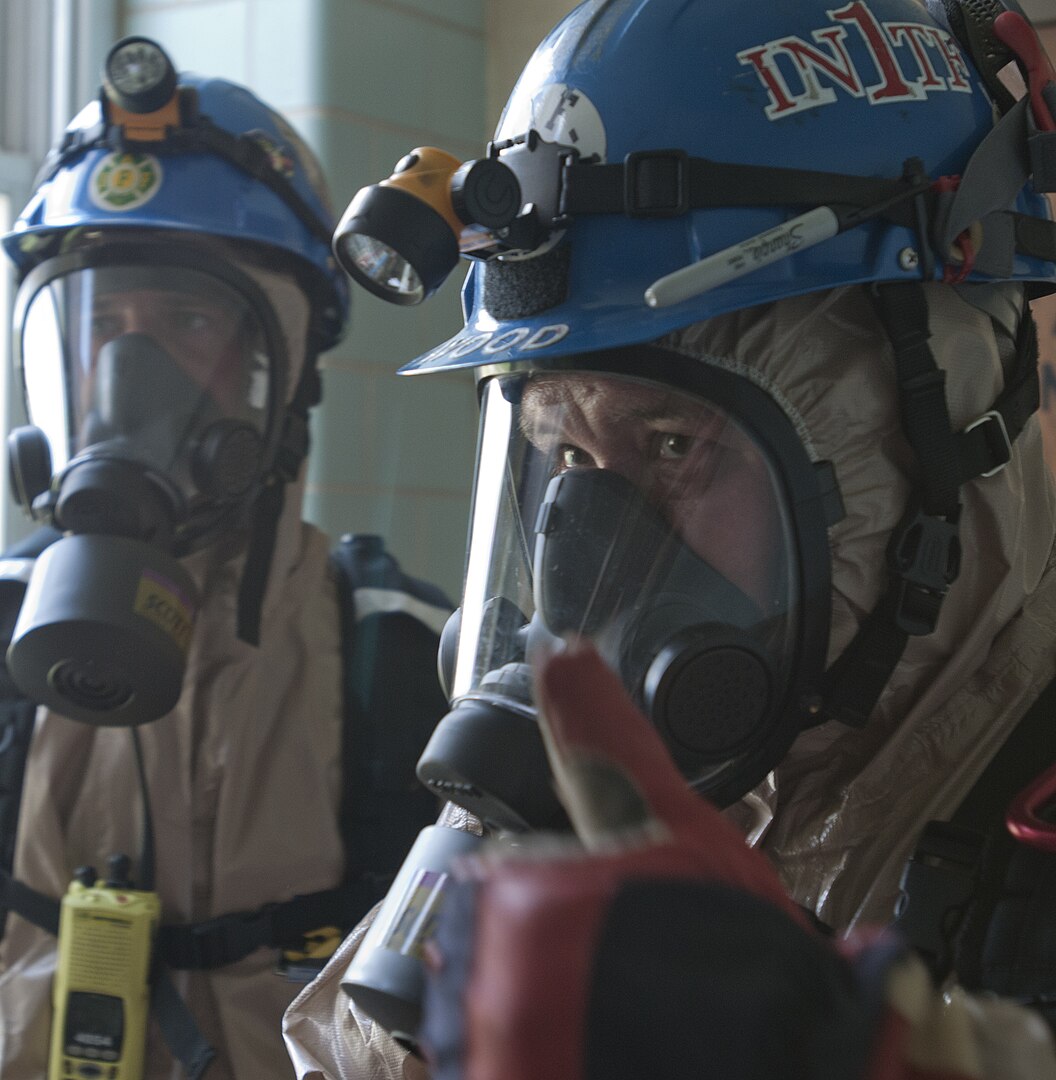
Chemical weapons like chlorine and mustard gas ushered in a new horror. Early gas masks were simple cotton pads soaked in chemicals or cloth hoods, offering limited protection. Soldiers learned to don them within seconds when warning sirens sounded. Improvised respirators evolved into more effective designs, shaping modern protective gear. Despite its significance, the deadly innovation and its impact on trench tactics receive little attention in basic curricula.
10. Rotating Duty Shifts in Front Lines

Life in trenches followed strict rotations: front-line firing trench, support trench, and reserve trench. Each soldier spent limited time under direct fire before rotating back for rest and resupply. Proper scheduling required precise coordination; mistakes left men without food or medical aid. These rotation systems improved troop welfare and combat effectiveness. Understanding this routine sheds light on daily military life yet is often missing from textbook accounts.
